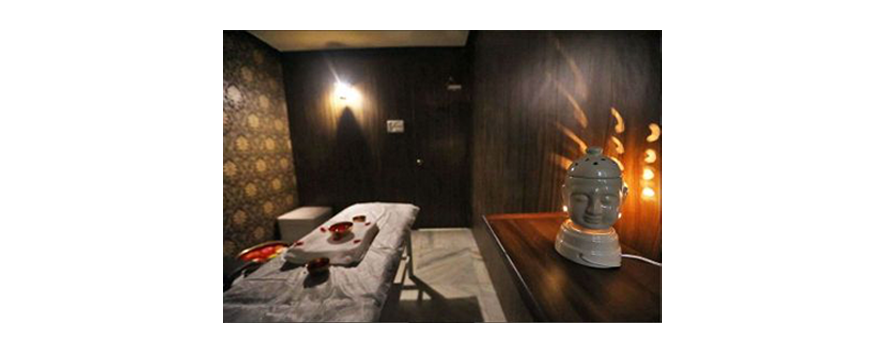Ayurveda is an age-old method of healing. Ayurvedic medicine for constipation focuses on preventing disease, so its approach to treating constipation is very different. It involves a whole range of healthy choices and habits, rather than focusing solely on laxatives and immediate relief. Ayurvedic diet, exercise, and massage are important elements when it comes to curing a disease like constipation.
Ayurvedic medicine explains constipation as an imbalance in the Vata dosha. Constipation is related to an excess of cold and dry elements in the body that is remedied by adding warmth, hydration, and oils. The Ayurvedic medicine for constipation includes some Ayurvedic laxatives which can be taken into warm, soothing teas or taken in tablet form with water and some are available in liquid form too.
One of the best known Ayurvedic laxatives is Triphala, a medicinal blend of dried fruits from some plants. It is effective for diabetes, constipation, and obesity. You can brew it as an Ayurvedic herbal laxative tea. Add a teaspoon of honey if you find it bitter. Triphala is also available in tablet or liquid extract forms.
Senna, a herb used in Ayurvedic medicine stimulates the lining of the bowel, usually bringing constipation relief in 6 to 12 hours. Senna is considered to be safe for adults and children when taken at the right dose and for less than a week. Stomach cramps and diarrhoea might happen when taking senna. It isn’t recommended for children under two or people with conditions like heart disease, electrolyte imbalance, dehydration, Crohn’s disease, intestinal blockage, ulcerative, colitis, stomach inflammation, appendicitis, haemorrhoids and anal prolapse.
Panchakarma eliminates toxins that build up from time to time in the body. One of the treatments, Panchakarma Basti, is cleansing the bowel through the use of medicated enemas (Basti). Basti often contains herbal blends suspended in oil or ghee. The liquid preparation flows through a tube inserted into your rectum. After holding the fluid for a short period, you release the liquid into a toilet.
Ayurvedic massage
that focuses on the abdomen and deeper colon can help relieve constipation effectively. Some studies have found that abdominal massage decreased constipation and improved people’s overall quality of life following surgery. Few yoga postures to help move the bowel and relieve constipation is, Bhujanghasana (Cobra), Trikonasana (Triangle Stretch), Ardha Matsyendrasana (Half Spine Twist), Supta Vajrasana (Sleeping Pelvis), Vajrasana (Diamond) and others.

Ayurvedic diet will best promote your health when it’s matched to your constitution. Increase your consumption of fruits and vegetables along with legumes, nuts, and whole grains. Eating lots of fibre-rich whole foods promotes good bathroom habits, while processed foods, meats, and fast foods are linked to constipation. It is very important to keep yourself hydrated.
The holistic approach of Ayurveda includes regular physical exercise. Inactivity isn’t considered healthy, as it leads to sluggish digestion and an accumulation of the elements of earth and water in the body. Ayurveda is a medical philosophy that takes a holistic approach to treat health issues such as constipation. Short-term relief can be achieved using natural Ayurvedic laxatives such as Triphala, senna, and Himalaya Herbolax. These remedies are plant-based, generally safe, and effective. You may also want to try a medicated enema or a medicated oil massage. An Ayurvedic approach to good digestive health also involves drinking plenty of water, eating more fruits and vegetables, and getting more physical exercise, especially yoga. In addition to potentially relieving constipation, yoga can improve your sense of general well-being.



